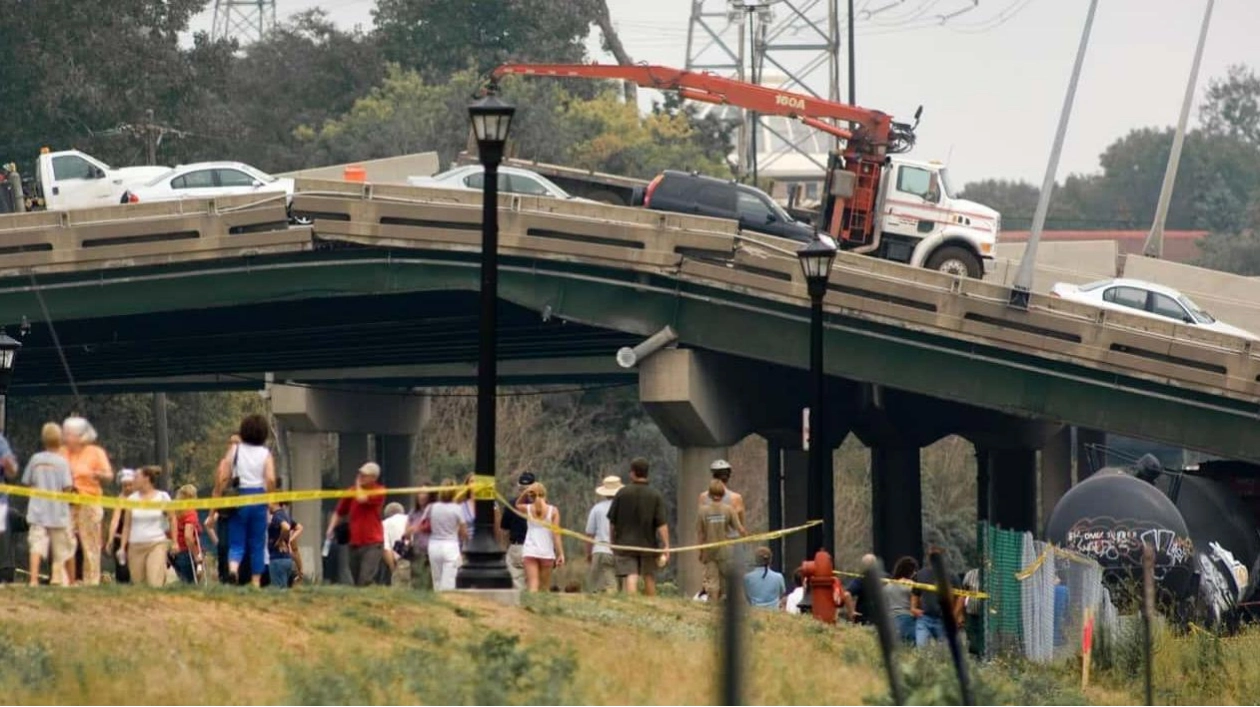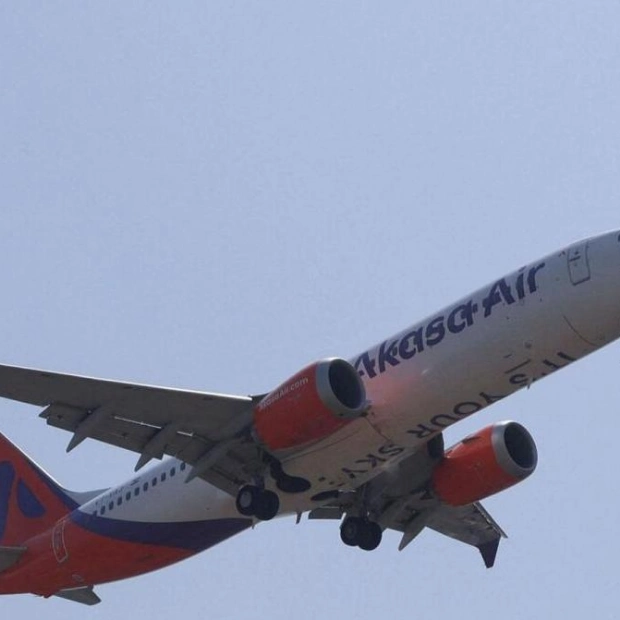How many bridges do you cross daily? If you reside in the United States, a quarter of them might collapse within the next 25 years, according to a recent report by The New York Times. This dire prediction hinges on the urgent need for extensive repairs to the nation's highway infrastructure. The alarming statistic is derived from various studies conducted over recent years, primarily focusing on steel bridges. Many of these structures were erected over 50 years ago and are vulnerable to extreme weather conditions. Heavy rains can erode foundations, but the primary threat is temperature—higher temperatures cause steel to expand, compromising joints and damaging concrete.
Considering that 2023 marked the hottest year on record since 1850, the concern is genuine. "We are facing a bridge crisis directly linked to extreme weather events," Paul Chinowsky, a professor of civil engineering at the University of Colorado Boulder, told The New York Times. His research on climate change and its impact on infrastructure highlights that these older bridges were not engineered to withstand extreme temperature fluctuations. "These are not scenarios that would occur under typical climate conditions. They are unprecedented at this scale."
The report underscores these concerns by examining Vermont, where 100 bridges have reportedly been damaged by heat and heavy rains in just the past two years. The reconstruction efforts go beyond mere replacement; bridges are being redesigned with sturdier foundations and more resilient materials to better endure changing weather patterns. In 2021, a $110 billion infrastructure law was enacted to fund road and bridge repairs. Additionally, $7.3 billion was allocated to states for infrastructure updates specifically targeting the impacts of climate change. The pressing question now is whether these measures can be implemented before widespread failures occur.






